The aging process not only causes wrinkles and sagging skin but also leads to the loss of natural facial fat, making the face look hollow. The combination of fat grafting with facelift is a breakthrough solution that tightens sagging skin and restores lost volume, bringing back a youthful, natural, and well-balanced appearance. Learn more about this rejuvenating procedure in detail here!
Learn about fat grafting with facelift
To understand this combination clearly, it’s important to first grasp the pros and cons of each technique.
What is a facelift? Pros and cons
A facelift is a cosmetic surgery procedure designed to improve visible signs of aging on the face and neck, mainly sagging skin, loosened muscles, and wrinkles. The technique removes excess skin, tightens underlying tissues and muscles, and repositions facial contours to restore a firmer, smoother, and more youthful look.
Facelift procedures can be performed using different methods — from traditional surgical techniques to less invasive options such as thread lifting or advanced technology-based treatments.
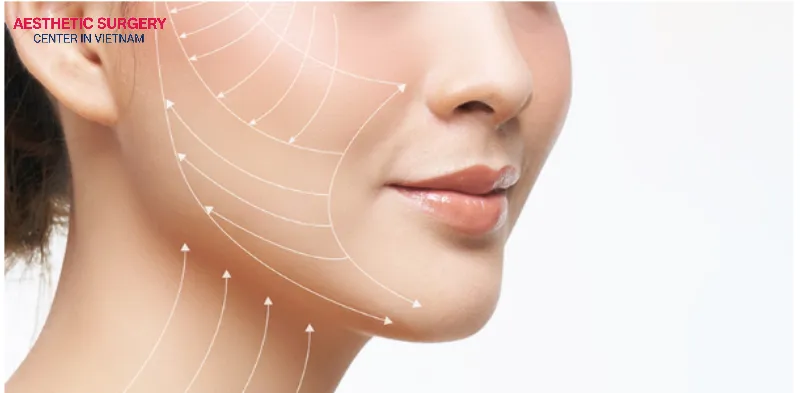
Pros
- Visible and long-lasting rejuvenation: A facelift can effectively remove a large amount of excess and sagging skin, tighten underlying muscles and fat layers, and create a dramatic transformation with a slimmer, more defined V-line and a noticeably younger appearance.
- Long-lasting results: The outcome of a facelift typically lasts 5 to 10 years or more, depending on individual factors and post-operative care. It is considered one of the most durable anti-aging solutions available.
- Comprehensive correction of sagging skin: This technique thoroughly addresses deep aging concerns on the face, jawline, and neck, including double chin and blurred facial contours.
- Can be combined with other procedures: During the same surgery, it’s possible to combine a brow lift or eyelid surgery for a more complete facial rejuvenation.
Cons
- Invasive procedure: A facelift is a major surgery requiring general or local anesthesia. Risks include infection, hematoma, facial nerve injury (which can cause temporary or permanent stiffness or paralysis), and anesthesia-related complications.
- Downtime required: Recovery can take several weeks to a few months for swelling and bruising to subside and for incisions to heal completely.
- Possible scarring: Although incisions are usually hidden along the hairline or around the ears, scarring can occur, especially in patients prone to keloids or if the surgical technique is poor.
- Higher cost: Compared to non-surgical facelift, a facelift is significantly more expensive due to the complexity of the procedure, the surgical team, and the medical facility required.
What is fat grafting? Pros and cons
Fat Grafting is a technique that involves harvesting excess fat from areas such as the abdomen or thighs, then processing and centrifuging it to extract healthy fat cells. These purified fat cells are then injected into areas of the face that have lost volume, such as the temples, hollow cheeks, or nasolabial folds. This method helps restore the lost volume caused by aging, filling deep wrinkles and hollow areas to create a fuller, smoother, and more youthful appearance.
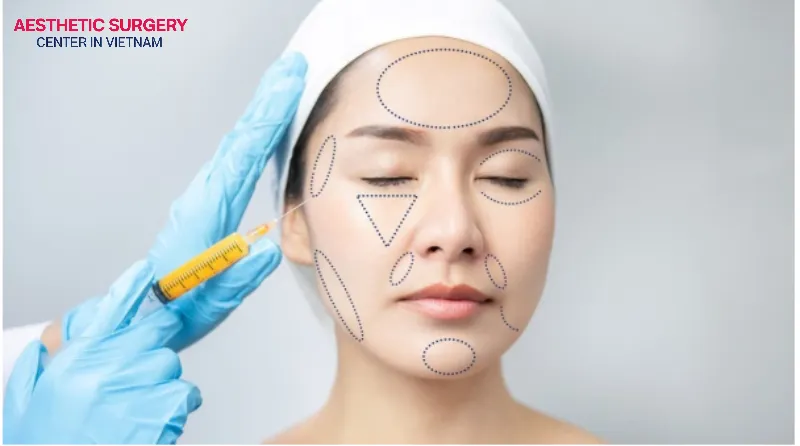
Pros
- High safety and biocompatibility: Fat is harvested from the patient’s own body, making it an ideal filler material. It is almost perfectly compatible, eliminating the risk of allergies or rejection that can occur with synthetic fillers.
- “Two-in-one” effect: This method addresses two issues at once, removing unwanted fat from areas like the abdomen, thighs, or hips, and restoring volume in areas lacking fullness such as the face, chest, or buttocks. It helps fill deep wrinkles, improve hollow areas, and enhance skin brightness and elasticity thanks to fat stem cells, giving the face a fuller, softer, and more harmonious appearance.
- Natural and soft results: Once grafted, the fat integrates with surrounding tissue, creating a soft, natural look without the stiffness or limitations of some synthetic fillers.
Cons
- Fat survival rate: Only about 40–70% of the grafted fat survives and stabilizes. Some fat may be reabsorbed by the body over time. Survival rates vary depending on individual factors and surgical technique. Touch-up procedures may be needed to maintain results.
- Requires sufficient donor fat: This procedure is only suitable for patients with enough fat in areas such as the abdomen or thighs. It is not ideal for very thin individuals without adequate fat reserves.
- Risk of unevenness: Incorrect injection technique, such as overfilling a spot, injecting too shallow or too deep, can result in lumps, depressions, or asymmetry in the grafted area.
It can be seen that each method has its own pros and cons, but when combined, they complement each other, delivering a perfect facial rejuvenation result.
Can you get a facelift and fat transfer at the same time?
The answer is yes, it is entirely possible to combine a facelift and fat grafting in a single surgery or procedure. In fact, this combination has become a popular trend in modern facial rejuvenation surgery, especially for individuals showing significant signs of aging, including both sagging skin and volume loss.
The reason for combining these two methods is that facial aging occurs through two main mechanisms: sagging and loosening of the skin and superficial muscle system, and volume loss caused by the depletion of subcutaneous fat, which creates hollow, tired-looking areas.
If only a facelift is performed without restoring volume, the face may appear tight but still look thin and lack vitality. Conversely, fat grafting alone cannot address sagging skin.

Therefore, combining both methods provides a comprehensive and natural rejuvenation, leaving the face both firm and full. Surgoens usually follow this sequence: harvesting fat, processing the fat, performing the facelift, and finally injecting the processed fat into areas that need volume restoration.
How much does fat grafting with a facelift cost?
Typically, the all-in-one package for combining fat grafting and a facelift depends on factors such as the techniques used, the clinic, the surgeon’s expertise, the condition of the treatment area, and additional costs.
According to our survey, fat grafting currently ranges from 25 to 60 million VND, while surgical facelifts range from 50 to 150 million VND. Based on these figures, the total cost for combining both procedures typically ranges from 60 to 200 million VND. Reputable aesthetic clinics often offer discounts when both procedures are performed together.
>>> See more: How much does a facelift cost in Vietnam?
Facelift and fat grafting procedure
The fat grafting with facelift procedure is a complex aesthetic process, usually performed in a precise sequence to ensure the best results. Below are the basic steps in this procedure:
Step 1: Consultation and preparation
The plastic surgeon evaluates the degree of facial aging, skin sagging, and identifies areas with volume loss (such as temples, cheeks, and nasolabial folds). They also determine donor sites for fat harvesting. Necessary pre-operative tests, including blood work, blood pressure, and ECG, are conducted to ensure the patient is fit for a major procedure combining both techniques.
Step 2: Anesthesia and facelift surgery
Next, the surgeon administers either general anesthesia or local anesthesia with sedation, depending on the surgical scope. Once the anesthesia takes effect, the surgeon makes the planned incisions (typically along the hairline or in front of and behind the ears), lifts and tightens the SMAS layer and skin to correct sagging, repositions the tissues, and removes any excess skin.
Step 3: Harvesting autologous fat
This step is usually performed concurrently with the initial stages of the facelift. The surgeon gently uses a specialized cannula to harvest fat from predetermined areas (such as the abdomen or thighs), carefully preserving fat cells from damage. The harvested fat is then processed in a centrifuge to remove impurities, blood, excess oil, and damaged cells. This concentrates pure fat cells, which can be combined with PRP or stem cells to increase survival rates.
Step 4: Fat grafting
This is the final step of the surgery, performed after the facelift is completed. The surgeon uses a specialized cannula to inject the prepared purified fat into areas of facial volume loss, such as hollow temples, sunken cheeks, deep eye sockets, and nasolabial folds. Fat is injected in small amounts across multiple layers and planes. This technique is crucial to maximize contact with surrounding tissue, improve fat survival, and prevent clumping.
Step 5: Completing the surgery and post-operative care
The surgeon checks the face to ensure the grafted areas are full, harmonious, and balanced with the facelift results. The facelift incisions are then closed with aesthetic sutures. Compression bandages are applied to both the facelift and fat-grafted areas. The patient is moved to the recovery room for monitoring and is given instructions on wound care, reducing swelling, and necessary lifestyle precautions.
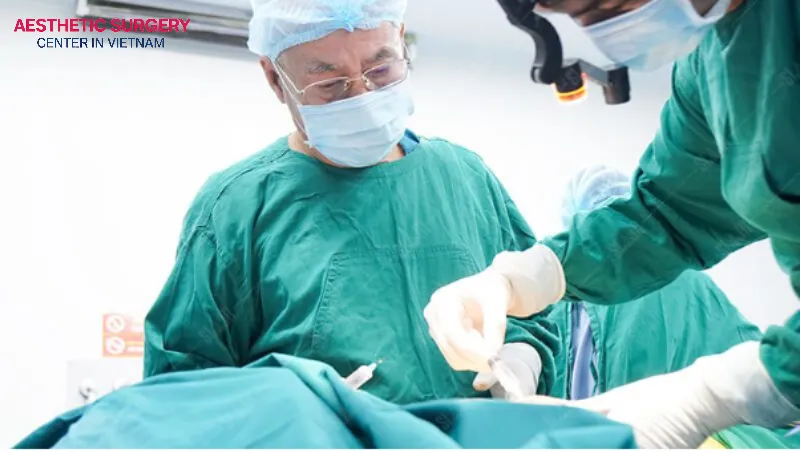
Note after facelift with fat grafting
The recovery process after combining a facelift and fat grafting requires extra care, as you need to manage both the surgical wounds from the facelift and ensure a high survival rate of the grafted fat. Therefore, you should pay attention to the following:
Caring for Facelift and Fat-Grafted Areas
Clean the incision properly by
- Do not use hot compresses, steam, or take long hot showers for at least 4 weeks. High temperature can melt and destroy newly grafted fat cells
- Absolutely do not massage, rub, or press on fat-grafted areas such as the forehead, temples, and cheeks for at least 4 weeks. Fat needs time to attach and form blood vessels
- Sleep on your back with your head elevated about 30 degrees to reduce swelling and avoid pressure on the face. Avoid sleeping on your side or stomach
- Minimize direct sunlight exposure
- Avoid makeup on fat-grafted areas for the first 1-2 weeks
- Absolutely avoid alcohol, beer, tobacco, and other stimulants for at least 1 month as they seriously affect wound healing and fat survival
- Avoid foods that easily cause keloids, pus, or itching such as beef, seafood, sticky rice, water spinach, eggs, for about 1-3 months
- Eat soft, liquid, easy-to-chew and digest foods in the first week (porridge, soup, smoothies). Add foods rich in vitamin A, C, E, and healthy fats (avocado, nuts, olive oil) to support fat survival
- Avoid strenuous physical activities and excessive sweating (running, gym) in the first 3-4 weeks
- Attend follow-up appointments as scheduled for suture removal, wound check, and evaluation of fat survival

Fat grafting with facelift address in Vietnam
Facelift with fat grafting is a complex procedure that requires a reputable clinic or hospital with a valid license, a qualified surgical team, and legally approved technology. In Vietnam, if you are having difficulty choosing a facility for this procedure, you can consider Aesthetic Surgery Center for the following reasons:
- Aesthetic Surgery Center is a major aesthetic clinic brand with multiple branches nationwide, boasting over 15 years of experience in the beauty industry. It features modern facilities that fully meet the standards for performing cosmetic surgery.
- The center brings together a team of highly skilled and experienced surgeons who are specialists in performing facelift with fat grafting professionally, precisely, and confidently.
- It has sterile operating rooms equipped with emergency and anesthesia devices, along with numerous advanced technologies to support cosmetic procedures, ensuring accurate and safe results for clients.
- The facelift with fat grafting procedure is carried out according to strict medical safety standards. Every step is performed meticulously and accurately to deliver optimal results while minimizing the risk of complications.
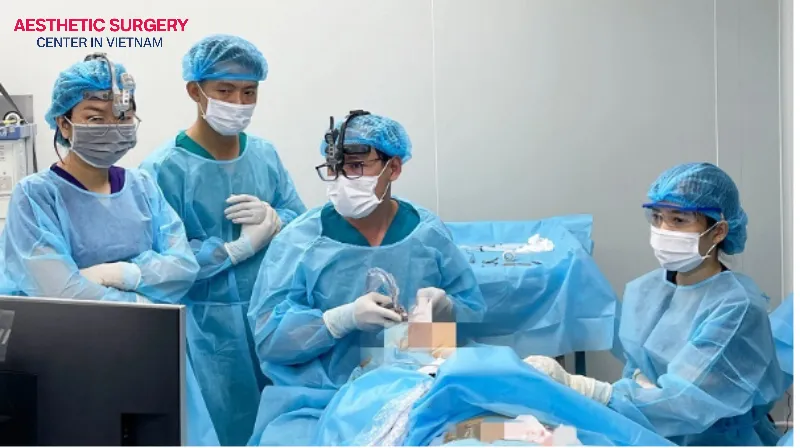
After reviewing the information about fat grafting with facelift, it is clear that this procedure offers many benefits. It not only lifts and tightens sagging skin but also restores lost volume in areas such as the cheeks, temples, and eye sockets, creating a fuller, more youthful, and natural-looking face. However, when considering this procedure, it is important to choose a reputable clinic or aesthetic hospital in Vietnam to ensure effective and safe results while minimizing potential risks.



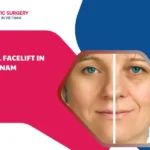









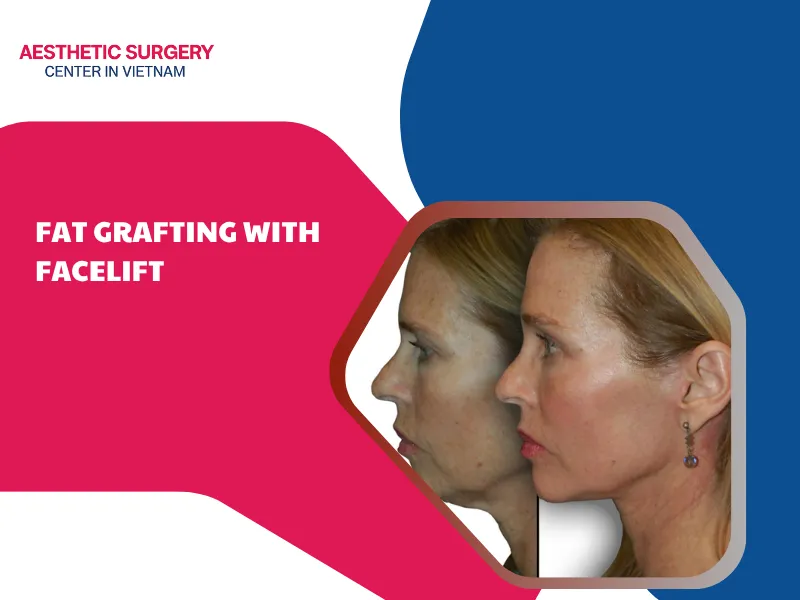
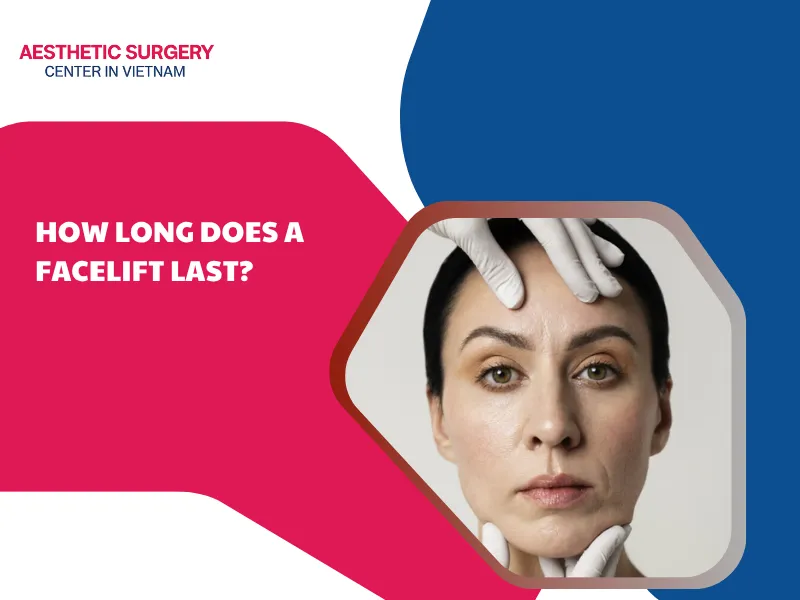
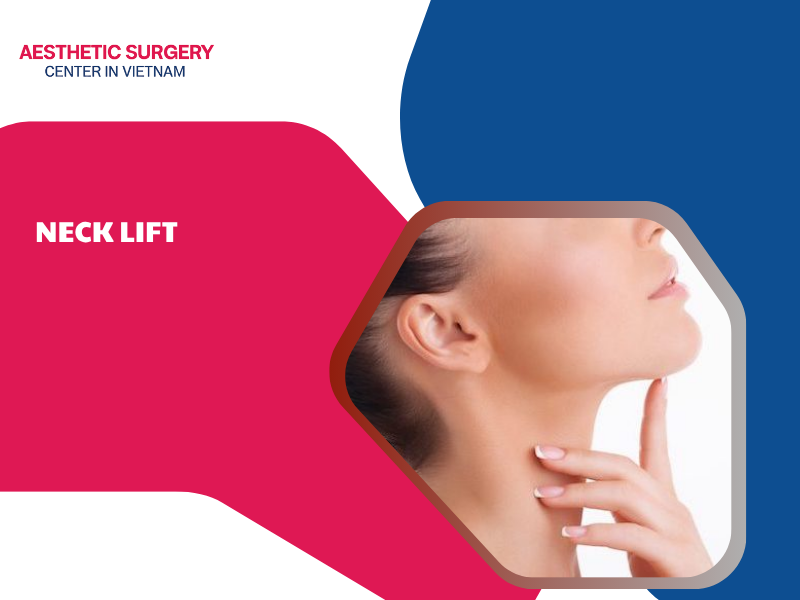




Comment on the post